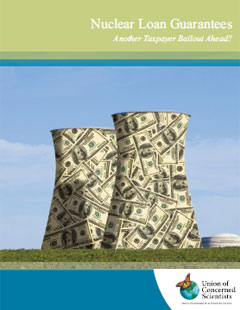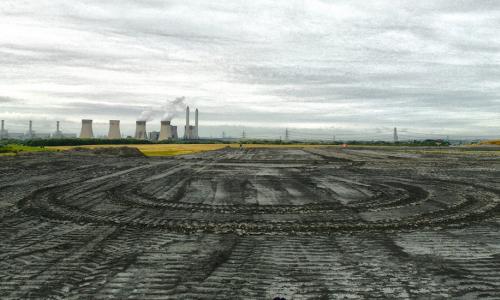Originally conceived as providing power that would be “too cheap to meter,” nuclear energy was seen as the future of the electric industry. Reality quickly overtook this utopian vision in what has been called “the largest managerial disaster in business history,” leading to two bailouts of the industry in the 1980s and 1990s.
Advocates of nuclear power are now promoting a “nuclear renaissance” based on claims that a new generation of reactors will produce relatively cheap electricity while solving threats posed by global climate change. The industry has proposed building almost 30 new nuclear reactors, with some calling for 300 new plants by mid-century. The rapidly escalating and still highly uncertain costs of new nuclear plants—along with the stated unwillingness of Wall Street to finance them—has sent the industry back to the federal government for financial assistance. In response, Congress authorized a package of subsidies in 2005 that included federal loan guarantees and production tax credits. The industry is now asking for more.
In this report, the Union of Concerned Scientists urges Congress to be cautious about committing taxpayer dollars to promote plants that both industry and Wall Street consider too risky to finance on their own. We also identify several critical steps the federal government needs to take before moving ahead with any program that would shift the risks of building new nuclear plants from industry to taxpayers, leading to a third bailout that could dwarf the first two.




